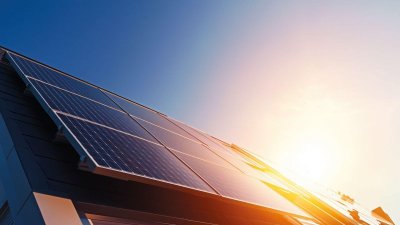Specific support programs need to be strengthened so that low-income households can save on electricity costs. This is the conclusion of the ZEW policy brief published by ZEW - Leibniz-Zentrum für Europäische Wirtschaftsforschung GmbH Mannheim and the University of Heidelberg, which is based on an empirical analysis of the "electricity saving check". However, according to the ZEW, the funding programs should not only focus on purely financial support, but also combine the offer with behaviour-related incentives.
According to the ZEW, this can be achieved with the free "energy-saving check", among other things. After an energy consultation, eligible households with particularly inefficient old appliances receive a voucher that they can claim financially after purchasing a new appliance. Thanks to the voucher from the nationwide program, households can cover an average of 35% of the purchase price. Additional programs offered by the federal states and local authorities can increase this figure to up to 45%.
According to ZEW, it is worth switching to an efficient cooling appliance, as low-income households have older than average appliances. These usually consume more than twice as much electricity as a new appliance. "An old refrigerator can become a cost trap, especially for low-income households. If they can afford to replace the appliance, it usually pays for itself after just three years," says Bettina Chlond, environmental economist at ZEW Mannheim and co-author of the study.
Source and further information: zew.de/stromspar-check.de
© Fotolia





Join The Discussion